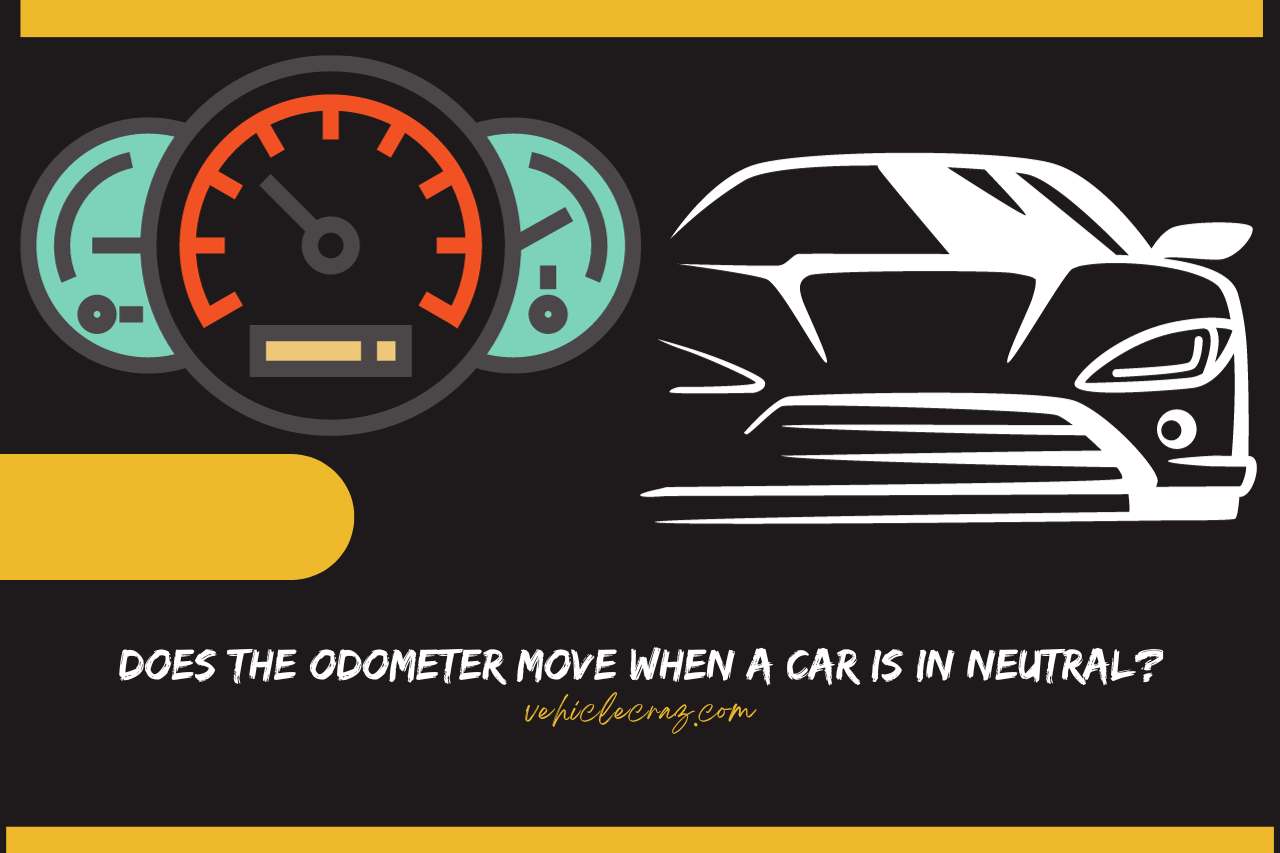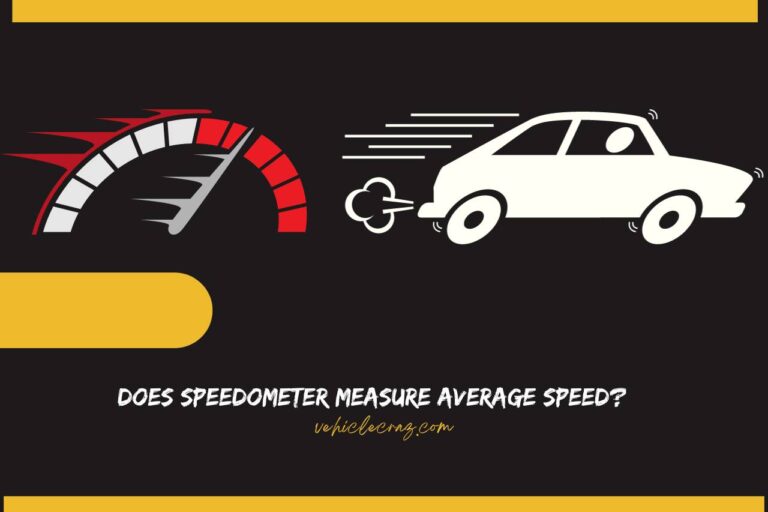Does the Odometer Move When a Car is Towed? (What You Need to Know)
“Does the odometer move when a car is towed?” If your vehicle has to be towed, this question can arise in your mind because the odometer is designed to measure the movement of vehicles. Today, this discussion focuses on the intricacies of towing, where the wheels spin and the mileage add up. So, let us navigate you through how towing in neutral impacts your odometer reading and explore savvy methods to maintain accuracy. Get ready to unravel the enigma of towing and its influence on your vehicle’s mileage!
Different Types of Vehicle Towing
There are different types of vehicle towing that require different techniques, tools, and expertise. The following list condenses some of the well-known techniques.
- Flatbed Towing: Flatbed tow trucks have a hydraulic system to lift the entire vehicle onto a flat platform. This method ensures zero wear on the towed vehicle’s wheels and is especially preferred for long-distance tows. Most importantly, it’s suitable for all types of vehicles, including those with low ground clearance.
- Wheel-Lift Towing: Wheel-lift tow trucks use a hydraulic lift to elevate either the front or rear wheels of the vehicle off the ground. This method is commonly employed for short-distance tows, but it is budget-friendly when compared to flatbed towing.
- Hook and Chain Towing: While less common today due to potential damage, hook and chain towing involves securing the vehicle by its chassis. This method is not recommended for modern vehicles with unibody construction, as it can cause structural damage. Simply, it is considered an outdated method.
- Dolly Towing: Dolly towing involves a small trailer (dolly) that lifts either the front or rear set of wheels off the ground. It’s suitable for front-wheel-drive vehicles and requires careful alignment for safe towing.
- Tow Bar Towing: This technique uses a bar to connect the towing vehicle and the towed vehicle. This method keeps all four wheels on the ground and is popular for recreational vehicles (RVs) towing cars. It’s crucial to follow proper setup and alignment procedures.
- Boom Truck: The hydraulic arm of the truck is the boom, which can be adjusted to lift vehicles. This truck is more appropriate when the vehicle needs to be recovered from a ditch or over a barrier.
Does the Odometer Move When a Car is Towed?
No, the odometer doesn’t move when a car is towed. However, the car needs to have an electrical odometer that uses sensors to measure the movement.
In contrast, mechanical odometers can operate when a car is towing because the gears of the odometer physically turn when the vehicle is moving.
Let’s discuss the mechanism behind electrical odometers. Basically, it relies on the rotation of the wheels, and when a car is towed, this rotation is restricted.
Whether the towing method involves lifting all wheels off the ground or using a dolly to elevate only one set of wheels, the result is the same—the odometer remains static.
Thus, it’s a relief for vehicle owners concerned about the accuracy of their odometer readings.
Towing doesn’t impact the mileage recorded on the odometer, providing assurance that the vehicle’s overall mileage remains unaffected by the towing process.
While towing itself doesn’t influence odometer readings, it’s essential to consider other factors. For instance, if a towed vehicle is in neutral, with its wheels freely spinning, there could be a minimal impact on the odometer.
However, keep in mind that reputable towing services adhere to best practices, ensuring a minimal effect on your vehicle’s odometer.


Does the Odometer Move When a Car is in Neutral?
Yes, the odometer can move when a car is in neutral because the wheels are free to rotate.
This can be a common scenario in both mechanical and electrical odometers. When a vehicle is towed behind an RV or by another vehicle, the odometer can still add mileage.
This phenomenon is crucial for owners to understand, as it contrasts with situations where the transmission is in the park, preventing wheel movement and keeping the odometer reading static.
To address this, some towing methods involve keeping the transmission in park or using a flatbed tow truck. Then, keeping the transmission in park ensures the wheels don’t rotate, providing a more accurate representation of the vehicle’s actual mileage. So, you can use such a method to avoid odometer moving.
It’s essential for vehicle owners to be aware of these nuances to make informed decisions when towing their vehicles, especially when it comes to preserving the accuracy of their odometer readings.
You May Also Like
- Does The Odometer Reset When The Engine Is Replaced?
- Does The Odometer Reset With A New Transmission?
- How To Know If The Odometer Is Tampered? Major Signs


I’m Alex, a seasoned mechanical teacher with over 20 years of hands-on experience in Australia. My passion for all things automotive has driven me to establish this blog, aiming to share my wealth of knowledge and expertise with fellow enthusiasts, DIYers, and anyone keen on understanding the mechanics behind the machines we rely on daily.







